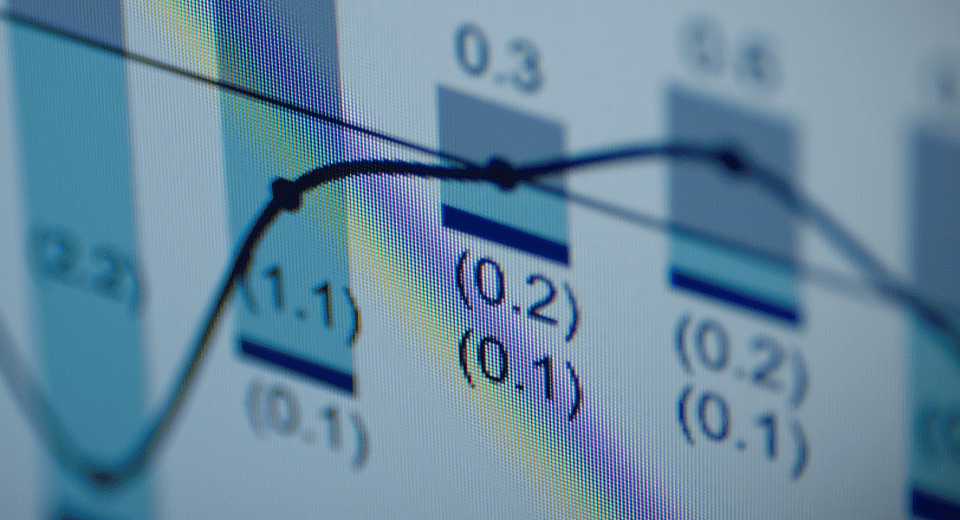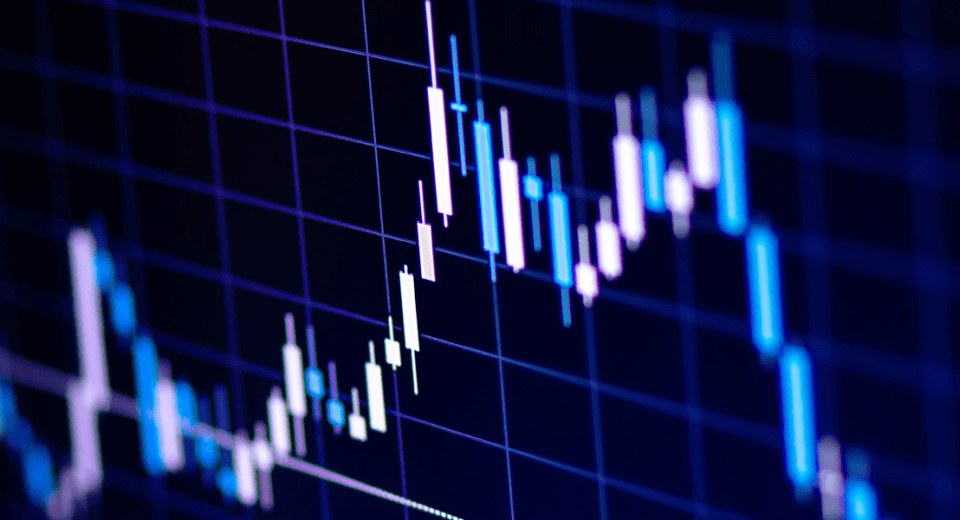Momentum trading is a strategy where the strength of price movements is used to enter and exit positions. Price momentum is similar to the concept of momentum in physics, where mass multiplied by velocity gives the measure of the likelihood that the object will continue on the given path. Momentum is determined by trade volume and price change rates in the financial markets. So, the strategy relies on the fact that if the price is moving strongly in one direction, it will continue to stay on that path till the trend loses momentum.
Many technical indicators are available to measure momentum. They measure the rate of change of the price of a currency pair. Waning momentum indicates a probable retracement or reversal. Accelerating momentum suggests that the trend will continue for some time. It is up to the trader to understand the existing market environment and apply the most appropriate signal, according to the context.
Relative vs Absolute Momentum
Momentum trading involve relative and absolute momentum strategies. Relative momentum strategy compares the performance of different currency pairs against each other, in order to buy the strong performing pairs and sell the weaker ones.
Absolute momentum measures the performance of a currency pair with its previous performance, in a historical time series. In forex, traders typically use absolute momentum strategies more often.
Deploying a Momentum Strategy
The two ways to trade momentum are through momentum indicators and by using price action. Candlestick charts form the basis of estimating price action. All the information regarding the price action mechanism is present in the candlesticks. The length of the candlestick and the opening and closing prices are checked to determine price action.
A candlestick is bullish when the closing price is higher than the opening price, which means that buyers are dominant in the market. When the closing price is lower than the opening price, sellers are in command. This information alone cannot say much about momentum.
An increase in price momentum is when the price increase or decrease occurs within a short span of time, while a decreased price momentum means that the price moves slowly.
It is now important to define which candlesticks are better for creating an entry/exit strategy. For example, if traders notice a candlestick where there was no wick on either side of the body from start to finish, it means that bulls were in control throughout. This shows a really bullish momentum candlestick. Another example could be where a candlestick, made a low just after opening, after which the bulls took over control and took the price all the way to the highest price, followed by bears regaining control, so that the opening price was higher than the closing price. This would be a bearish momentum candlestick.
A general rule to be considered is checking whether a candlestick continues to lose momentum and pulls back 50% of its range. At that point, it is considered that bulls or bears are losing control in that particular timeframe.
In a downtrend, when the price inches towards the support levels, a decreasing bearish momentum can be observed. Here, the bearish candlesticks get shorter in length, as they approach the support level. This is where traders can look for opportunities to buy. For those already in short positions, this could be a time to exit or move the stop loss tighter.
Similarly, if the price is moving closer to the resistance level, a decreasing bullish momentum can be observed. In this case, bullish candlesticks tend to get shorter as they inch closer to the resistance level.
Summing it up, there are two ways to predict price action momentum:
- Knowing where price action momentum can occur.
- Identifying price action signals that indicate increasing or decreasing momentum.
Using technical momentum indicators can make it easier to find where price action momentum could occur.
Technical Indicators to Calculate Momentum
Three factors define momentum:
- Volume: This is the amount of currency pairs traded within a particular timeframe. Volume is important for momentum traders, as they need to enter and exit positions quickly in the market. High volumes can happen when there are a high number of buyers and sellers. Forex scores high in that regard; the market has high liquidity.
- Volatility: This is the degree of change in currency price. Momentum traders aim to capture volatility in the market, by taking advantage of short term price movements. It is also important to have a suitable risk management strategy, to protect trades in highly volatile conditions.
- Timeframe: Although a short-term trading strategy, momentum trading can depend on how long the trend is in strength. Day traders and scalpers evaluate this for shorter timeframes, while long term strategies include position trading.
Based on these factors, some popular technical indicators popular used in momentum trading strategies are:
- Moving Averages: Moving averages can smoothen out erratic price movements on short-term charts to give a picture of the overall price trend. This can be simple moving averages (SMA), exponential moving average (EMA) and MACD (Moving Average Convergence Divergence).
- Relative Strength Index (RSI): RSI measures the strength of the current price movement over a particular period of time. This is to quantify whether the current trend is strong, compared to the previous performance.
- Commodity Channel Index (CCI): This indicator compares the usual price of a currency pair (average, high, low, open and close) against its simple moving average and mean deviation of the average price. CCI helps to identify overbought and oversold conditions. Reading above 100 indicate overbought market conditions and below 100 shows oversold conditions.
- Stochastics: The current price of a currency pair is compared with its price range over a defined time period. Typically, a reading below 20 indicates upward price momentum and a reading above 80 indicates downward price momentum.
There are several other indicators that can be used to gauge momentum, such as On Balance Volume (OBV), Average Directional Index (ADX), Stochastic Momentum Index (SMI) and Building Block. The underlying market condition needs to be judged before deploying a strategy for trading via a momentum indicator.
Reference Links
Start Trading in 3 easy steps
1
Complete the Application Form
It takes just minutes for us to verify your identity and set up your account.
2
Download MT4 Platform
Download MT5 and trade via your desktop, mobile or tablet. No minimum deposit required.
3
Start Trading
Trade more than 60 products (Forex, CFDs & Commodities)





